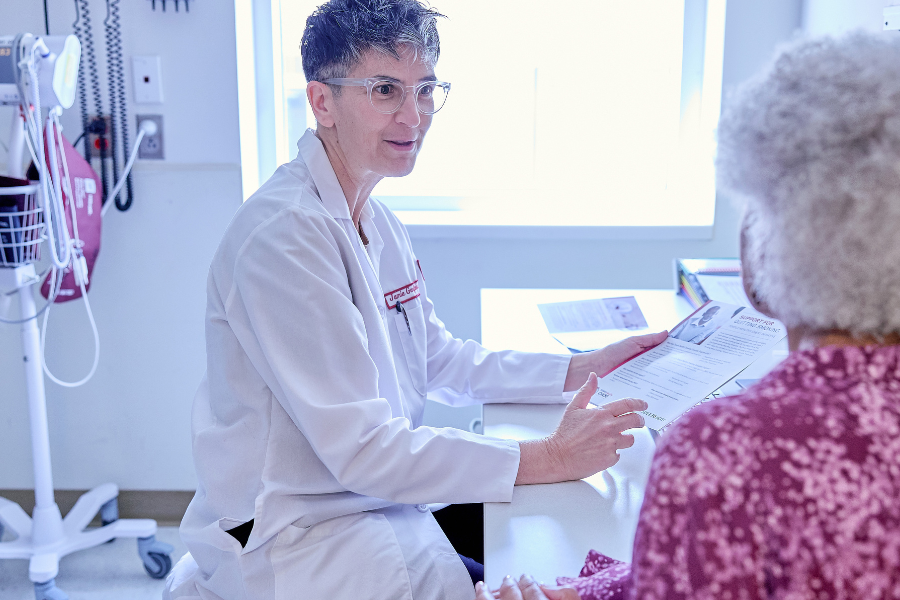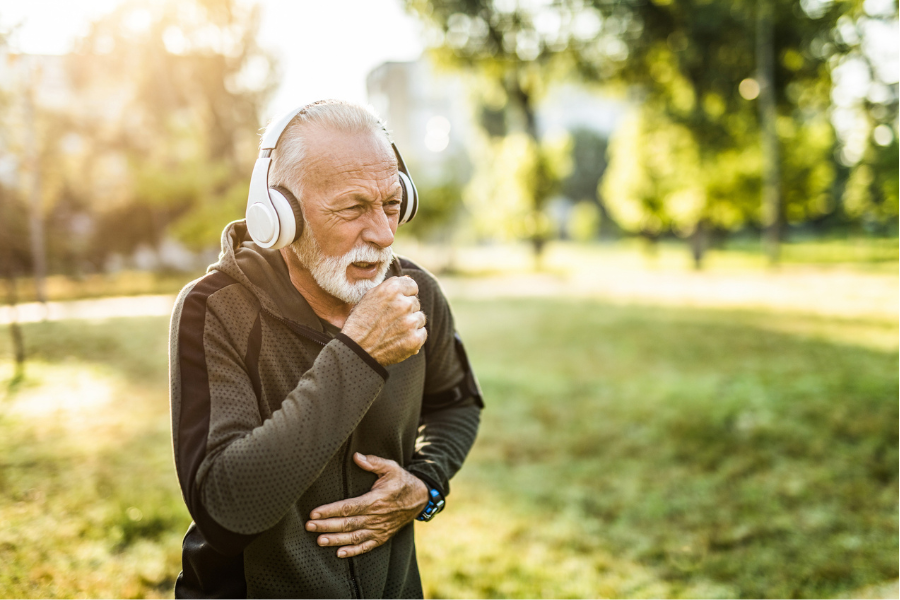If you have COPD, you may be hesitant to exercise for fear of becoming breathless. But exercise can benefit those with COPD, as it improves muscle strength, endurance, and exercise tolerance which ultimately, helps you breathe easier.
Temple exercise physiologist, Rick Medina, works with patients who have COPD through the Temple Lung Center’s Pulmonary Rehabilitation Program. We talked to him about the benefits of exercise and also learned some helpful tips on what types of exercises are best for those with COPD.
What are the benefits of exercise for people with COPD, especially those fearful of becoming breathless?
I’ve met a lot of people with COPD who are afraid to exercise because they think it will make them even more breathless. But it’s quite the opposite. Even just a small amount of movement every day can improve the heart and lung's ability to work more efficiently in moving oxygen through the body. When you combine aerobic and weight-bearing/resistance exercises, it helps strengthen your muscles and increase your ability to do everyday activities for longer periods of time with less difficulty. Although there is no cure for COPD, with exercise and determination, these symptoms will become less taxing, making everyday activities easier.
What should someone with COPD consider before beginning an exercise program?
Anytime I meet someone with COPD or a lung disorder who wants to start an exercise program, I tell them to talk to their doctor about pulmonary rehab. After discussing this treatment, they can meet with a team of healthcare professionals who will evaluate them to see what type of exercise prescription is right for their needs. Many people that have a lung disorder are on supplemental oxygen and get out of breath almost immediately with very little movement. For these patients, I would recommend finding a pulmonary rehab program so a rehab specialist can teach you how your lungs work, how the disease affects your lungs, and what type of exercises are best for you.
If they’re not able to go to Pulmonary Rehab or even to a gym, the next best thing is to try and become more active, but not push too hard. It takes education and practice to understand the limits of what one can and should do.

